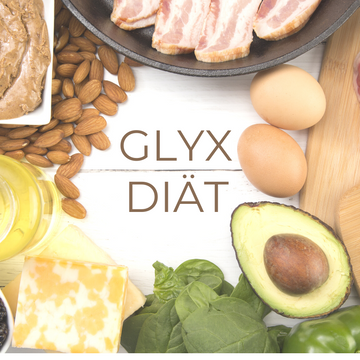Fruits and vegetables are an important part of any healthy diet. They provide you with important minerals, vitamins, antioxidants, and phytochemicals. A healthy diet now calls for at least three servings of fruit and four servings of vegetables per day, with each serving being approximately 100-150 grams.
Very few people even manage to reach this minimum of seven servings. The question, however, is this enough to optimally supply the body with nutrients such as vitamin C, calcium, and magnesium?
Or are our fruits and vegetables already nutrient-poor?
So what is true and what does reality look like?
Mineral and vitamin content of fruits and vegetables – past and present
First, a fact check. How has the nutrient content of fruits and vegetables changed over the past decades? We've used a "neutral" table from foodition.de, provided by the Federal Office for Food Control.
In our analysis, we took a look at tomatoes, Germany's favorite vegetable. And the results are truly shocking.
Vitamin and mineral content of tomatoes
|
|
1954 |
2003 |
change |
|
sodium |
125 |
5 |
-96% |
|
potassium |
315 |
235 |
-25% |
|
magnesium |
51 |
11 |
-88% |
|
Calcium |
43 |
10 |
-87% |
|
copper |
60 |
59 |
-2% |
|
Riboflavin |
200 |
19 |
-90% |
|
Thiamine |
120 |
37 |
-69% |
|
niacin |
650 |
595 |
-8% |
|
Vitamin C |
50 |
13 |
-74% |
|
Vitamin A |
550 |
42 |
-92% |
|
Vitamin E |
(1,200) |
540 |
-55% |
(g, mg, µg per 100g edible portion) No guarantee for accuracy or completeness
The table can be commented on as follows: “The available values show a clear trend towards decreasing nutrient concentrations of selected foods over the specified period.”
The example of tomatoes shows how depleted our modern vegetables have become. A loss of 87% calcium! How is that even possible?
Depleted soils and undesirable development due to the use of pesticides and fertilizers
“Our soil is poor in nutrients!” So if Germany’s famous arable soil is already impoverished, how can juicy and healthy vegetables even grow?
The Rio Earth Summit published incredible results on this topic back in 1992. It was confirmed at the time that soils in Europe, for example, had lost 72% of their minerals during this period.
It's obvious, therefore, that intensive, industrial agriculture increasingly deprives soils of nutrients, causing them to become infertile in the long run. Every farmer knows this, because fertilizers were introduced to solve this problem.
There are over 50 different nutrients that plants absorb. However, the basic fertilizer used in modern agriculture contains only three minerals that are just sufficient for plants to survive and look attractive. These are potassium, magnesium, and phosphorus.
Just because a plant receives just enough nutrients to survive does not mean that it contains enough nutrients for a healthy diet.
In the second part next week, we'll tell you what impact this has on fruit and vegetables and why we no longer get enough of them to provide us with a sufficient basic supply ....







